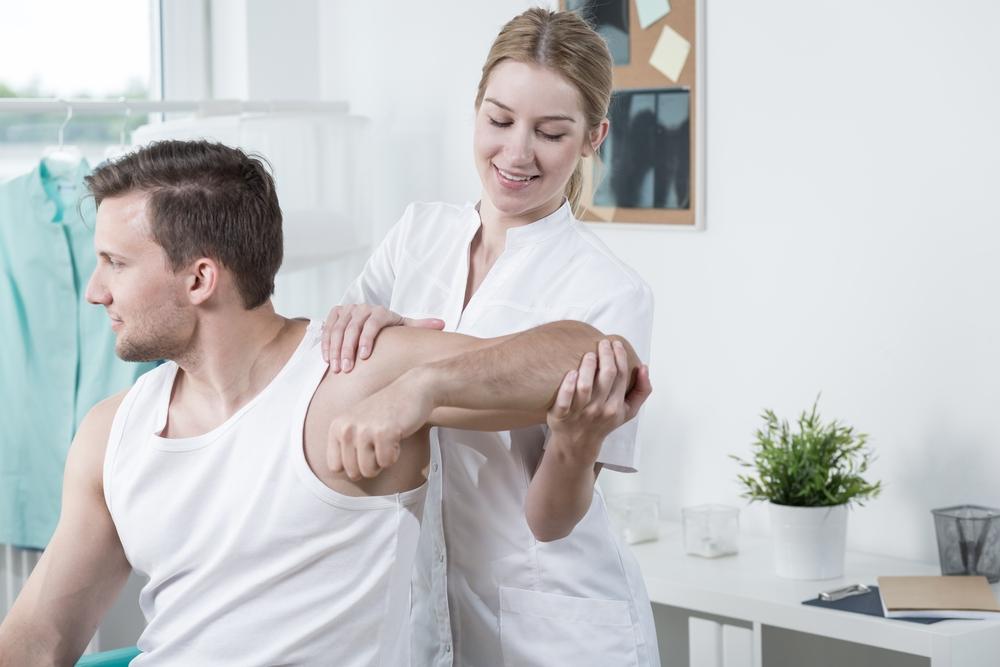All You Need to Know about Joint Pain
Joint pain is a kind of pain, discomfort, or inflammation that occurs from any part of joints like the bone, cartilage, ligaments, muscles, or tendons. Mainly, joint pain is referred to as arthritis or arthralgia which entails inflammation or pain from the joint itself. This type of joint pain can be mild without affecting the body or it could even be severe with limited body movement.
The main function of the joints in the body is to form a connection between the bones.

Joints pain can be mild (acute) or severe (chronic) and even painful in every way. Even short-term joint pain can also hinder someone’s quality of life. As a person gets older, the pain tends to increase which does not seem to be curable easily. So, it is advised to always check with a doctor whenever someone is facing the unexplained and prolonged pain.
Causes of joint pain
There are several reasons for joint pains. Some of these reasons include the following:
- Adult-onset Still’s disease: It is a very rare kind of inflammatory arthritis that causes fever, rash, and joint pains. It has the ability to destroy the affected joints, especially the wrists.
- Ankylosing spondylitis: It is another kind of inflammatory disease that can cause vertebrae in the spine to fuse. This makes the spine less flexible. If the ribs are affected by this disease, it becomes quite difficult to breathe properly.
- Avascular necrosis: Avascular necrosis is another kind of a disease that destroys the bone tissue due to a lack of blood supply. It leads to break the bones into small parts and the bones could collapse.
- Dislocation: It is another type of pain which occurs due to an injury when two or more bones shift from their normal position. The pain is severe and temporarily deforms the joints.
- Bursitis: It actually affects the small liquid portion of the bone and the condition becomes really painful and miserable. It generally affects the bones located in the shoulder, hip, and elbow. It is also found to affect the knee, heel, and the base of the toe.
- Complex regional pain syndrome: It is a type of chronic joint pain that usually affects the arm or leg. The problem generally arises after a surgery, an injury, a heart attack, or a stroke. It is a very uncommon scenario, and most of the time, the reason behind this pain is not detectable.
Symptoms of joint pain
Joints pain occurs due to injury which affects the ligament, tendons, or bursae of the bones. It can also affect the ligaments, bones, and cartilage. Arthritis is one of the features of joint pain. Redness of the joint is a very common symptom in arthritis and it can also develop due to injury. Joint swelling is another symptom of joint pain. It refers to joint enlargement as well. Joint swelling might be accompanied by other symptoms like pain, warmth, stiffness, and redness.
Treatment for joint pain
The treatment of joint pain is decided depending on its actual cause. If it is a case of an injury, then the doctor prescribes for rest, anti-inflammatory medicines, and cold and hot application. Sometimes painkillers are also prescribed in cases of severe pain. Physiotherapy is also needed in a few cases.
If there is a sign of arthritis, then anti-inflammatory medicines are provided along, such as NSAIDs or DMARDs. If the pain is related to the ligament, bone, or cartilage, then surgeries could be recommended.




